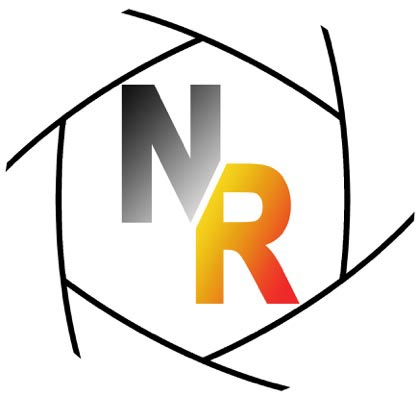Guest Blog 2
A while ago we heard from Jim Fitts, a valued colleague and the man behind Photoweenie.com. He wrote about portfolio reviews and delivered a short and concise treatise on how best to prepare for one (here).
Next up in the Guest Blog series is Debbie Hagan. Debbie is currently an independent editor, writer and professor at New England School of Art and Design in New Hampshire. Formerly she was the editor-in-chief for Art New England.

If we are an artist, sooner or later we will be faced with the challenge of writing the dreaded "artist statement". Here Debbie Hagan writes about them and leads us to some very good ones:
A Word About Artist Statements
By Debbie Hagan
Last week, I invited Cate McQuaid, art critic for the Boston Globe, to speak briefly to a group of artists at Danforth Art. No surprise, they circled her quickly. Everyone wanted to know, how one goes about getting a review. McQuaid put it simply: send her a press release, images, and an artist statement.
A number of artists cringed. Someone must have told them that
artist statements are unnecessary or passé. Or maybe they cling to another
somewhat stubborn notion that the art speaks for itself.
Let’s be honest, even experienced art critics, gallerists, jurors,
and curators may not be able to instantly recognize your medium and process,
especially if they’re seeing your work on a computer screen. For photographers,
it’s tricky if you’re using a historic or experimental process or if the art is
mixed with another medium. It’s even more problematic for painters, sculptors, printmakers,
and others whose work has to be photographed before it can be uploaded and seen
online. Inevitably some of the dimension, texture, and subtleties are lost.
Thus, the artist statement can clear up questions that
viewers may have or any details that are important to understanding your work.
Plus, it offers intellectual insights into your thinking: what intrigues and inspires
you. Maybe you’re fascinated with patterns formed by construction fencing or
maybe you’re documenting performers’ lives backstage at a theater. Obviously you
don’t want to over-explain your work and take away from its mystery. At the
same time, you can seize this opportunity to find common ground with viewers and
help them see the way you see.
Here are a few artist statements I really like. Nasser K writes an artist statement for each photographic series he creates. All artists should do this, because the statement does vary with the work. In Trees Grow and Fall, a multimedia documentary, he raises social concerns and asks viewers to consider, how is deforestation affecting us as people and our society?
Merill
Comeau’s statement goes straight to the point telling us about the fabrics that
make up her murals and what they represent to her. We learn that she uses hand
stitching as a way of drawing on her fabrics—impossible to see in a photograph.
She also tells us that she’s the daughter of a seamstress, and this creates a
human lens through which we can see her art.
Lesley Cohen takes a slightly different approach. Her artist
statement is a little more poetic and yet feels exactly right when looking at
her art. It is more abstract and slightly mystical. In her artist statement,
she tells us that she uses charcoal and pastels—again, hard to see on the
computer. I love the way she tells us, “Working
intuitively, I am inventing mystifying structures. I am on a journey of
discovery to detect the secrets that are embedded in the process.” I’m intrigued, and I want to go on this
journey.
There’s no formula to creating a good artist statement. The
writing style should be natural to the artist and consistent with the work. As
for content, the statement should be no more than two to three short paragraphs
and cover three main points: 1) ideas that intrigue and motivate the artist; 2)
materials used, particularly if they’re not obvious and have a special meaning
or origin; and 3) the art-making process, particularly if it’s unusual,
executed in an unexpected way, or if it’s essential to understanding the art’s
meaning.
There’s no magic here. You can work endlessly writing and
rewriting your statement, but it won’t sell your work. It won’t convince gallerists
to represent you or jurors to pick you for the next big show. Your art still
stands on its own—front and center.
At the Danforth last week, Cate McQuaid also told artists that choosing artists to be reviewed can seem a bit random, because it’s based on a lot of different factors. However, she did say that she needs to feel a connection to the art, and I’m guessing that’s why she likes to see an artist statement.
Debbie has a website and can be contacted through the site: Debbie Hagan
Thank you so much, Debbie.






